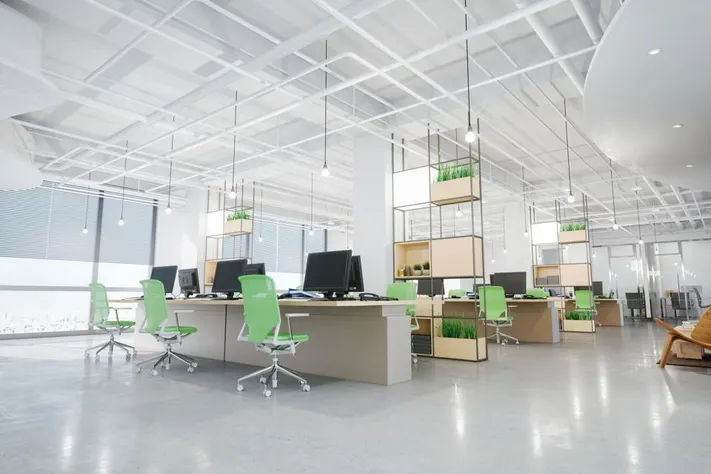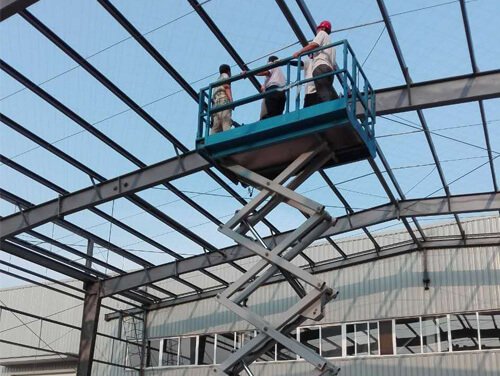In the ever-evolving business landscape, the workspace you choose for your business is crucial in fostering productivity, collaboration, and overall employee satisfaction. Whether expanding your operations or relocating your business, carefully planning your new office space is paramount. Here are key factors to consider when embarking on the journey of designing the perfect workspace for your business.
Location, Location, Location
The choice of location for your new office is more than just an address and is a vital consideration in your office space planning. Consider the convenience for both employees and clients. Proximity to public transportation, amenities, and local services can significantly impact the accessibility and appeal of your workspace. Additionally, evaluate the neighbourhood’s safety, parking availability, and the overall vibe it exudes.
Space Requirements
Begin by assessing your spatial needs. Consider the size of your team, the nature of your business operations, and any future growth projections. A well-thought-out office layout should accommodate individual workstations, collaborative spaces, meeting rooms, and recreational areas. Balancing these elements ensures that your workspace is versatile enough to meet the diverse needs of your employees.
Budget Constraints
Establishing a realistic budget is a pivotal step in the planning process. Consider not only the costs associated with leasing or purchasing the space but also the expenses for interior design, furniture, equipment, and potential renovations. Striking a balance between quality and cost-effectiveness is crucial to ensuring that your office space meets functional and financial requirements.
Design & Layout
The design and layout of your office significantly influence the working environment. Consider factors such as the placement of workstations, natural light exposure, and the overall aesthetics of the space. An open-plan layout promotes collaboration, but balancing this with designated quiet areas for focused work is essential. Additionally, ensure the design aligns with your brand identity, creating a cohesive and professional atmosphere.
Technological Infrastructure
A robust technological infrastructure is imperative for business operations in the digital age. Assess the building’s connectivity, consider the need for secure servers or data centres, and plan for the installation of necessary IT equipment. A reliable and efficient technological setup supports your current needs and allows for scalability as your business grows.
Flexibility & Adaptability
The business landscape is dynamic, and your office space should be able to adapt to changes. Consider flexible furniture arrangements and modular designs that you can easily modify to accommodate evolving work practices. This adaptability ensures that your office remains relevant and supports your business goals over time.
Employee Wellbeing
Recognising the importance of employee wellbeing is not just a trend but a necessity. Incorporate elements that promote physical and mental health, such as ergonomic furniture, breakout areas, and access to natural light. Consider the installation of greenery and creating spaces that encourage movement and relaxation, contributing to a positive and energising work environment.
Sustainability
Integrating sustainable practices into your office space is a responsible choice as environmental consciousness grows. There are numerous ways to reduce your carbon footprint, from energy-efficient lighting and heating systems to eco-friendly materials for construction and furniture. Not only does this align with corporate social responsibility, but it can also lead to long-term cost savings.
Legal & Compliance Considerations
Navigating the legal landscape is crucial when planning your new office space. Ensure the chosen location complies with planning permissions, accessibility requirements, and health and safety standards. Familiarise yourself with local planning codes and obtain necessary permissions before initiating construction or renovations.
Collaboration & Communication
Facilitating effective communication and collaboration is vital for any successful business. Consider the placement of meeting rooms, communal areas, and communication tools. Strive to create an environment encouraging teamwork while providing opportunities for focused individual work. Invest in the right technology to facilitate seamless communication within the office and with external stakeholders.
Future Expansion
Forward-thinking planning should consider the potential for future growth and expansion. Choose a space that allows for scalability, whether through the availability of additional square footage or flexible lease agreements. Anticipating future needs ensures that your office space remains a strategic asset rather than a limiting factor as your business evolves.
Feedback From Employees
Your employees are invaluable sources of insight when planning a new office space. Solicit their input through surveys or focus group sessions to understand their preferences and needs. Involving them in the decision-making process fosters a sense of ownership and ensures that the final design reflects the practical requirements of those working in the space daily.
Successfully planning a new office space involves carefully balancing various factors. By considering the location, space requirements, budget, design, technological infrastructure, flexibility, employee well-being, sustainability, legal compliance, collaboration, and future expansion, you can create a workspace that not only meets your current needs but also positions your business for success in the years to come. A well-designed office space is not just a physical location; it’s a strategic investment in your business’s efficiency, productivity, and overall success.











